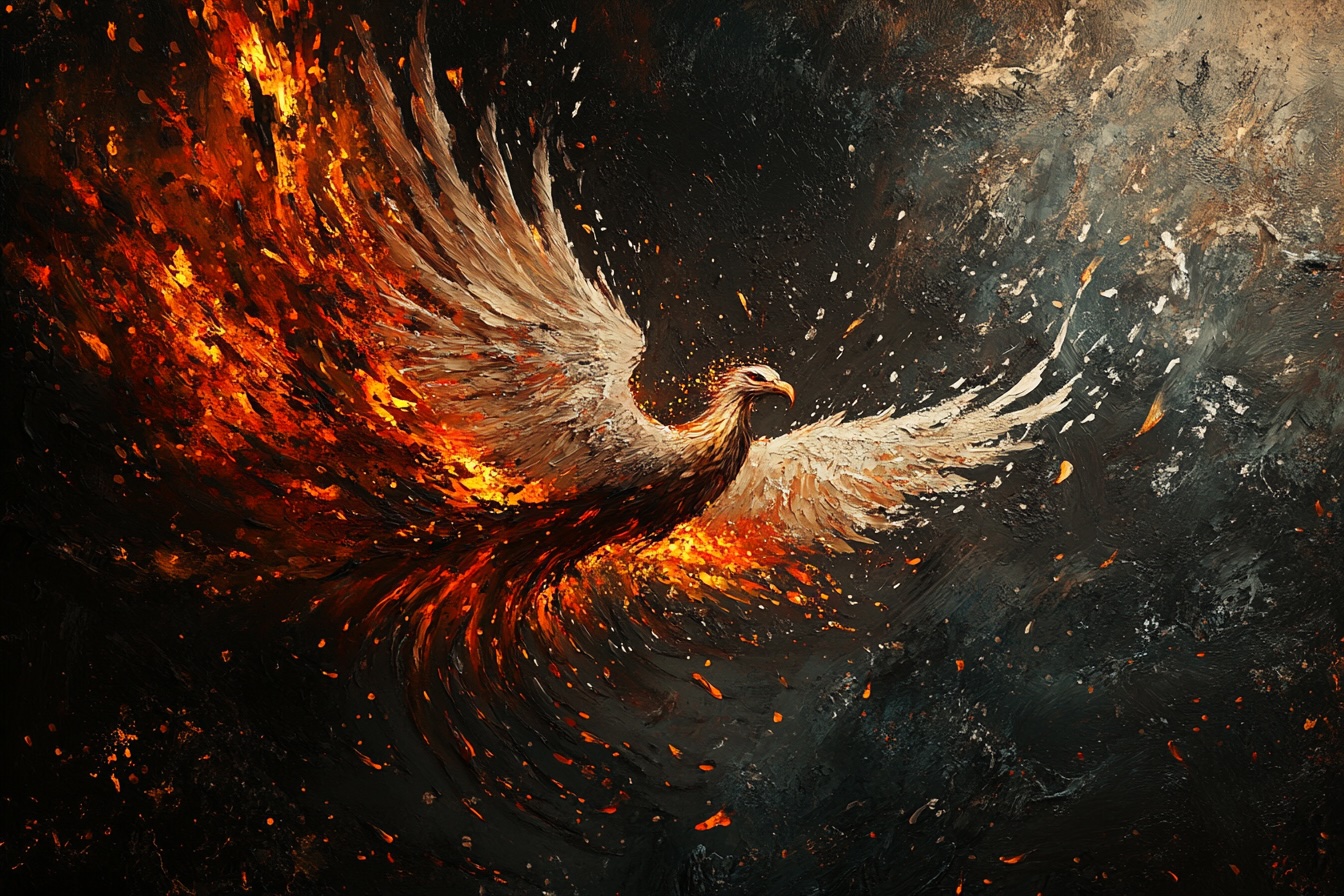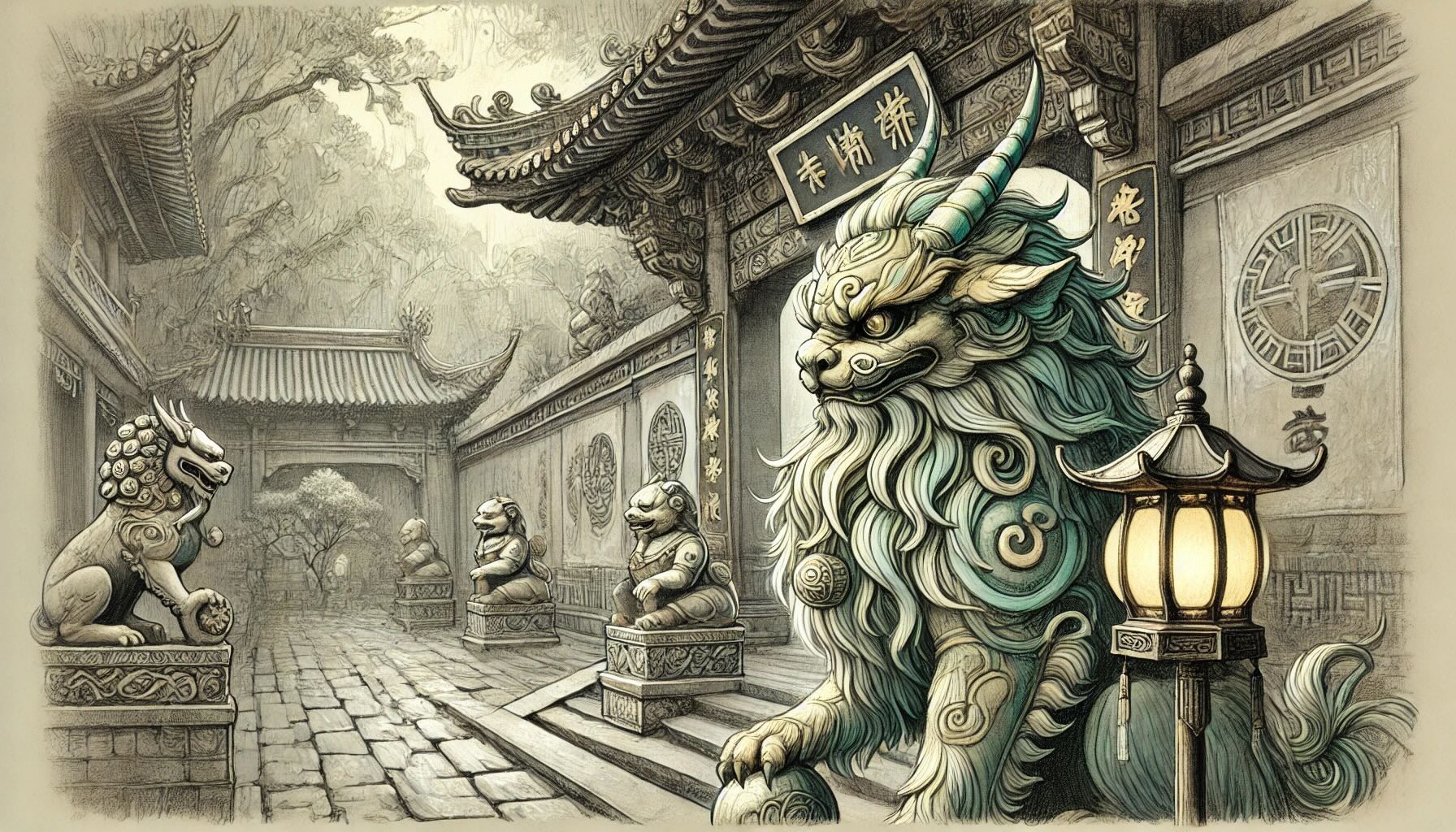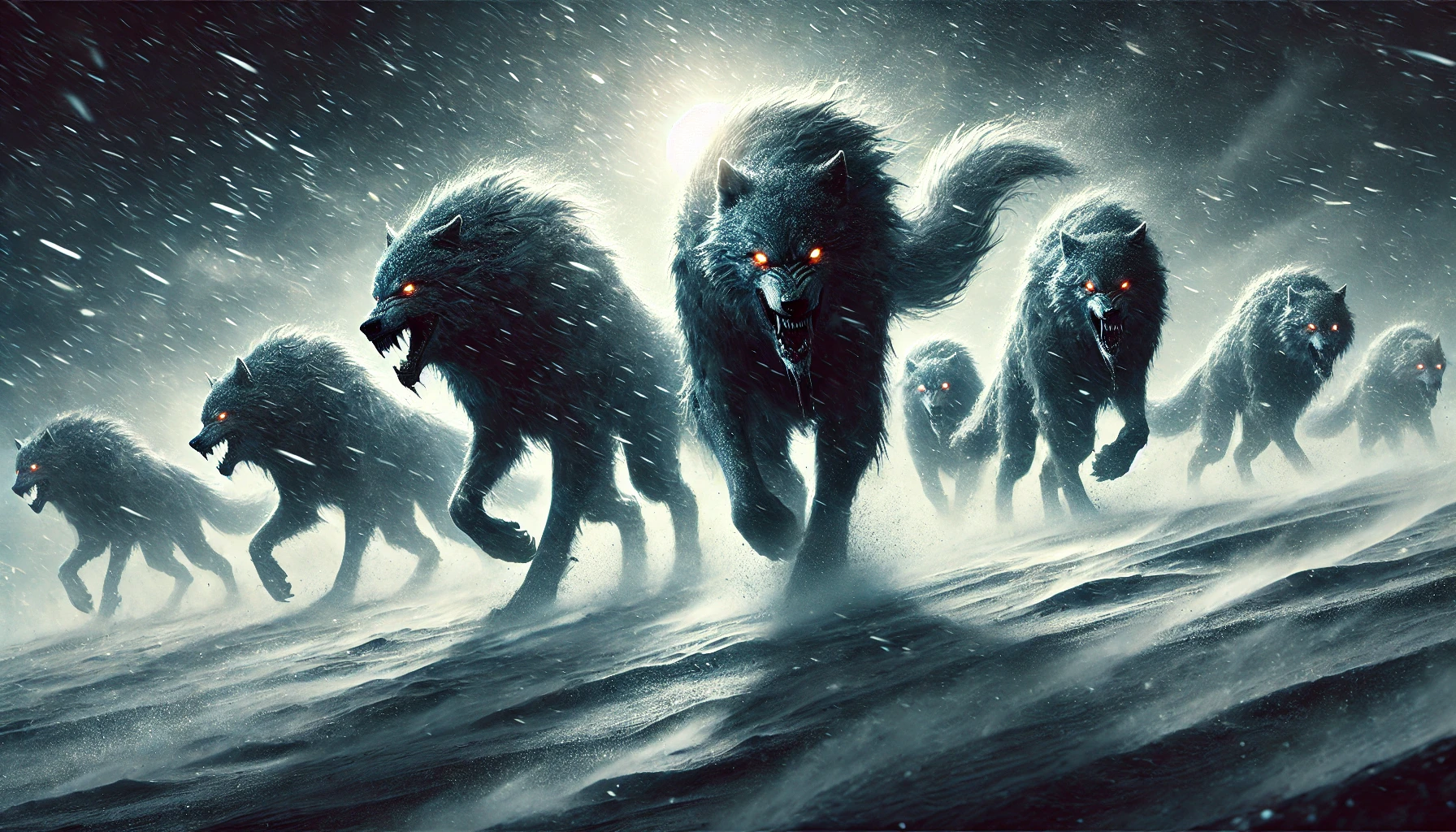The Phoenix: Mythology of the Legendary Firebird
The Phoenix is one of mythology’s most enduring creatures, a radiant bird celebrated for its extraordinary life cycle of death and rebirth. Known for rising from its own ashes, the Phoenix has soared through the myths of Egypt, Greece, China, and Japan, evolving in meaning and symbolism along the way. But how did this mythical firebird come to capture imaginations across cultures and eras?
Origins and Symbolism
The story of the Phoenix begins in ancient Egypt, where it was known as Bennu. This bird was closely linked to the sun god Ra and symbolized creation and renewal. Often depicted as a heron with elegant plumage, Bennu was said to perch on the Benben stone, a sacred relic of Heliopolitan mythology tied to the creation of the world. Its association with the Nile's annual flooding—the lifeblood of Egypt—cemented its role as a symbol of regeneration.
However, Bennu was not associated with fire or ashes. Instead, it represented the steady cycles of nature and the cosmos. The fiery aspect we now associate with the Phoenix emerged later in Greek mythology.
When the legend of Bennu reached Greece, it transformed into something more dramatic. The Greek Phoenix was described as a magnificent bird with feathers of gold and crimson, shimmering like flames. According to Greek historians such as Herodotus and Pliny the Elder, the Phoenix lived for centuries before building a nest of aromatic spices. At the end of its life, it would ignite the nest, perish in the flames, and rise anew from the ashes. This cycle of fiery death and rebirth turned the Phoenix into a potent symbol of eternity and resilience, embodying the idea that endings are merely transitions to new beginnings.
The Phoenix in Different Cultures
While the Greek Phoenix is the most famous version, variations of this mythical bird appear in cultures around the world, each reflecting unique values and beliefs.
China: Fenghuang
In Chinese mythology, the Fenghuang is often referred to as the Chinese Phoenix, though it differs greatly in meaning and symbolism. Instead of fire and rebirth, Fenghuang represents harmony, prosperity, and balance.
This mythical bird is a composite of several animals, with features such as a rooster’s head, a swan’s body, and a peacock’s tail. Unlike the solitary Greek Phoenix, the Fenghuang is often depicted alongside the dragon in Chinese art, symbolizing the unity of yin and yang or the harmony of empress and emperor.
Fenghuang is not tied to fiery destruction. Instead, it is a beacon of peace, appearing only in times of prosperity and virtue, making it a powerful emblem of ideal governance and flourishing life.
Japan: Hou-ou
Japan’s Hou-ou shares many traits with the Fenghuang and is deeply influenced by Chinese mythology. Like the Fenghuang, Hou-ou symbolizes justice, fidelity, and good fortune. It is often depicted during times of peace, appearing on temple decorations, ceremonial items, and traditional artwork.
The Hou-ou is similarly disconnected from fire and ashes. Instead, it embodies grace and harmony, reinforcing ideals of prosperity and righteous leadership in Japanese culture.
Modern Interpretations
The Phoenix’s universal appeal has allowed it to thrive in modern storytelling, taking on new dimensions in literature, film, and art.
Fictional Representations
In Harry Potter, the Phoenix takes the form of Fawkes, a loyal companion to Dumbledore. Fawkes showcases the mythical bird’s most iconic traits, including its ability to burst into flame and be reborn, as well as its healing tears. The presence of Fawkes underscores the Phoenix’s enduring role as a symbol of resilience and loyalty.
Meanwhile, Marvel’s X-Men series reimagines the creature as the Phoenix Force, a cosmic entity embodying creation and destruction. Its connection to Jean Grey highlights the duality of immense power and the delicate balance between renewal and devastation.
Enduring Fascination
The Phoenix remains one of mythology’s most iconic creatures, a symbol of transformation that transcends cultures and eras. From the steady, regenerative Bennu of ancient Egypt to the fiery Greek Phoenix, and from the harmonious Fenghuang of China to the graceful Hou-ou of Japan, this legendary bird offers a window into humanity’s fascination with extraordinary beings.
Its story continues to inspire art, literature, and imagination, cementing the Phoenix as a timeless figure in the world of mythical adventures. Whether depicted as a fiery rebirth or a harbinger of peace, the Phoenix soars as a creature of wonder and mystery, leaving an indelible mark on every culture it touches.



